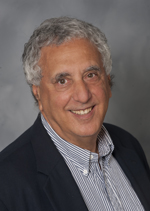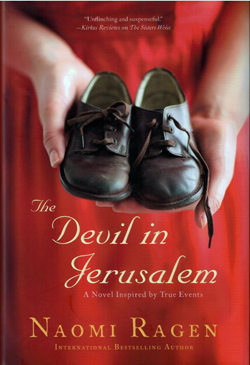The Devil in Jerusalem by Naomi Ragen; St. Martin’s Press © 2015; ISBN 978-1-250-04313-9; 306 pages, $25.99
By Donald H. Harrison

 SAN DIEGO – This novel is well-written and suspenseful, yet exceedingly difficult to read. It is about child abuse with descriptions so graphic it will make almost any reader shudder or cringe.
SAN DIEGO – This novel is well-written and suspenseful, yet exceedingly difficult to read. It is about child abuse with descriptions so graphic it will make almost any reader shudder or cringe.
Author Naomi Ragen weaves together three stories. One is about a detective, herself a mother, who after encountering children who have been beaten senseless and purposely burned, is determined to catch those responsible. Another is about the parents whose once innocent lives had become so conflicted and overwhelming that they stood by while their children were tortured. And finally there is the story of the perpetrator’s descent into sadism and megalomania.
When we think of religious cults, typically we picture them operating in some private compound such as in Jonestown, Guyana; Waco, Texas, or, in the case of the Heaven’s Gate mass suicide, in Rancho Santa Fe, California. Usually busy, urbanized cities like Jerusalem or New York do not come to mind; there are too many people around to observe the goings-on. But what if the cult disguises itself as just another Hasidic group with its own rebbe? As long as their doings are private, who would give them a second thought?
In Jerusalem, apparently, small groups of Hasidim, each with its own relatively unknown leader, is a common phenomenon. While most of these groups are benign, perhaps even beneficial to their memberships, others may not be, and this is the world that the secular detective must penetrate to learn exactly what happened to the children of a seemingly ultra-Orthodox woman who garbs herself in white robes.
I’ll not spoil the “whodunit” aspect of the plot, but I do think that in alerting her readers to the possible extent of child abuse, Ragen also should have incorporated into her novel some commentary on the telltale signs that parents and/or concerned community members should watch for. Of course we know that when a child is battered, or when his legs are covered with patterned burns, that we must inquire what happened. But how can society protect its children against predators who don’t leave such obvious marks?
*
Harrison is editor of San Diego Jewish World. He may be contacted via donald.harrison@sdjewishworld.com